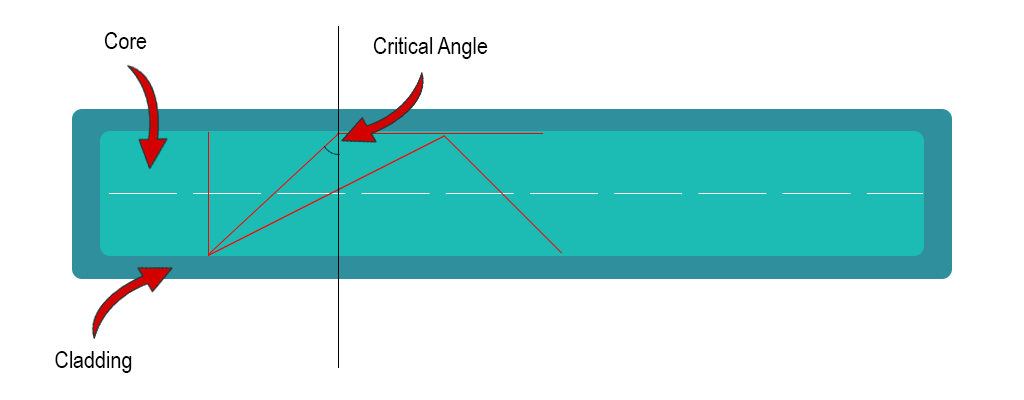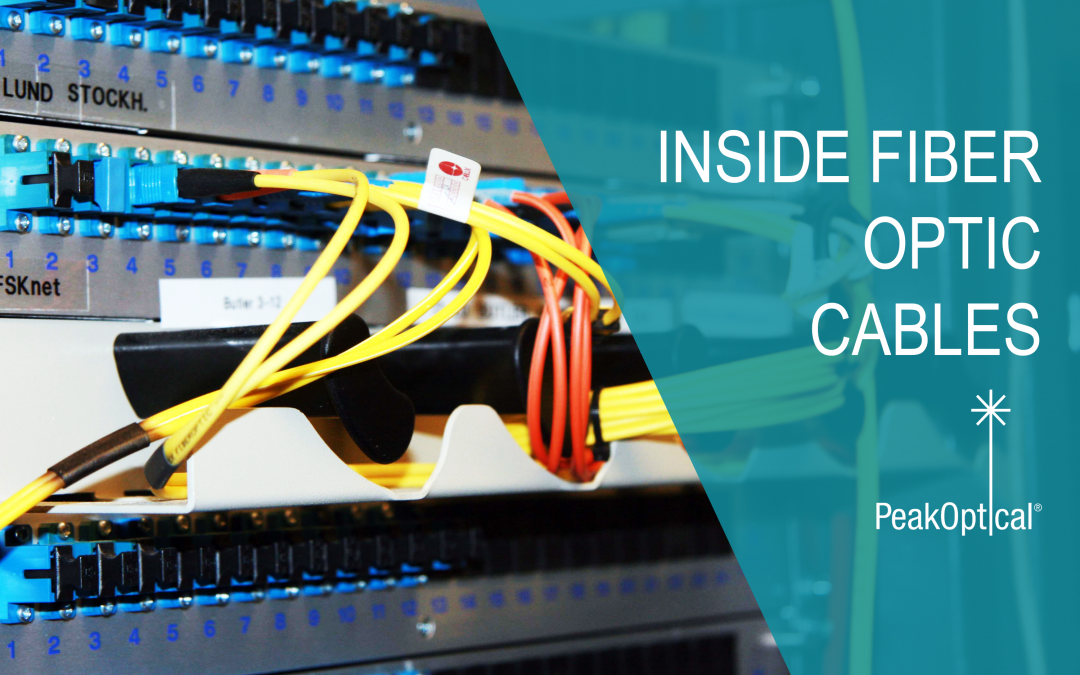The fiber optic technology refers to the process of transmitting light down the thin glass (sometimes plastic) strands. Fiber optic cables transfer the information from one end to another. One end of the fiber connects to a LED or laser that sends information; the other end is connected to a device designed to recognize the incoming light. Most often used in communication, medicine, aeronautics, or broadcasting, fiber optics have been commercially introduced in the early ’70s. Interested to find out more? Read on to find what’s inside fiber optic cables Inside fiber optic cables.
Inside Fiber Optic Cables
Fiber optic cables are made up of thin strands of glass. One cable can have from two to several hundred fibers.
Laser light enters the fiber through one end of the fiber and touches the surface of the glass at a broader angle than the critical angle (see the image below). If the light hits the glass at less than 42 degrees, the internal reflection happens – the light reflects back in (think of a mirror). This phenomenon happens on the glass surface and the light doesn’t escape until it reaches the other end of the fiber.

This light-based technology allows fiber optic cables to transport electrical data. The data is transformed into light pulses. The light travels from one end down the cables and bounces into its walls repeatedly. After the light travels through the cable, it emerges at the other end and it is converted by a light-detecting element back into electrical information.
Source: Quora


